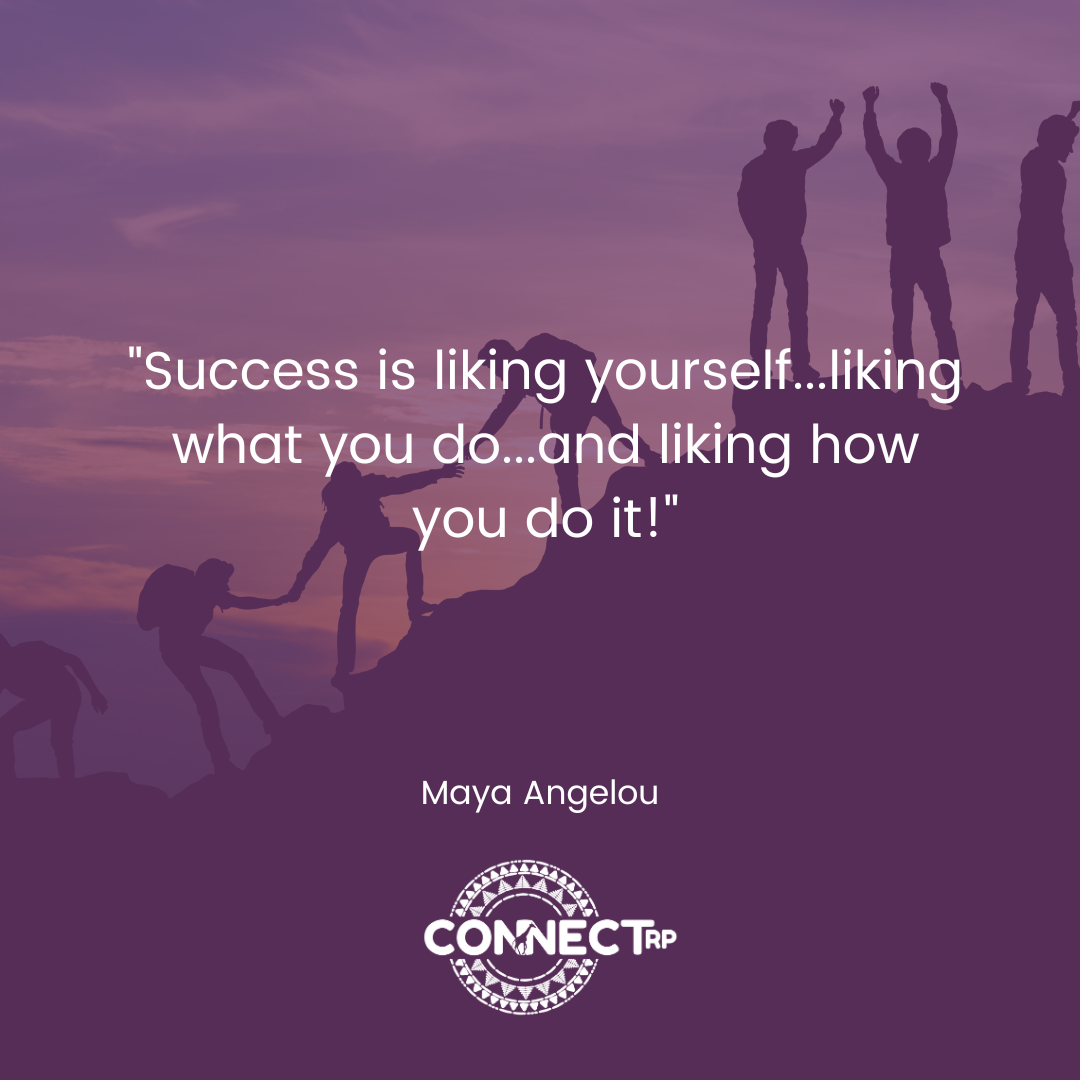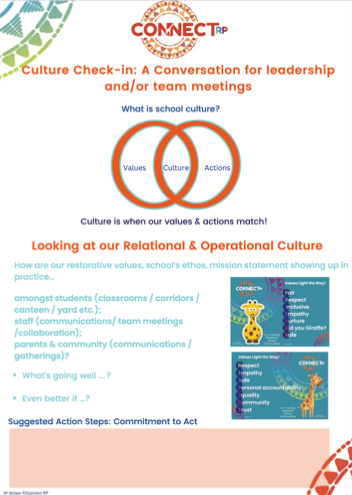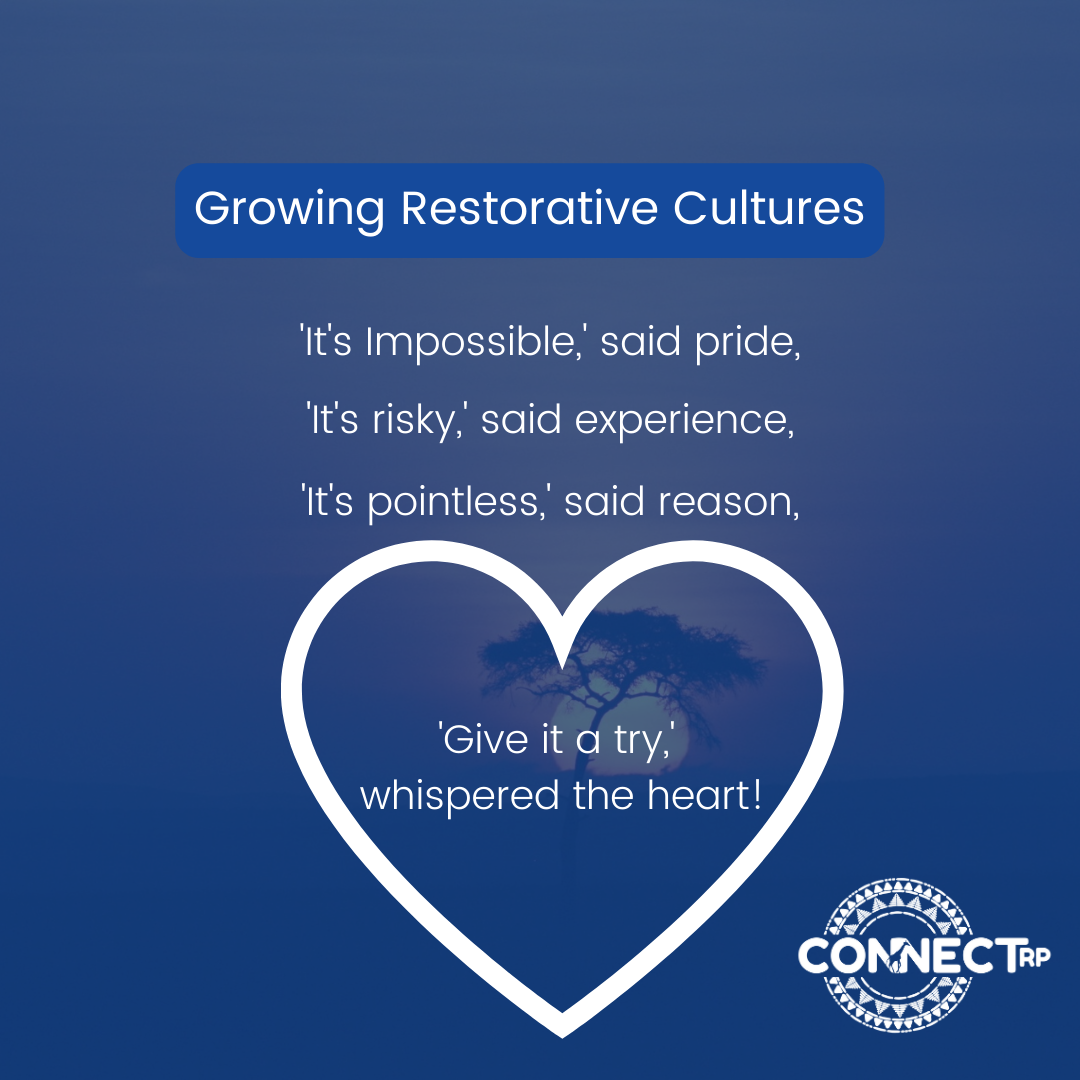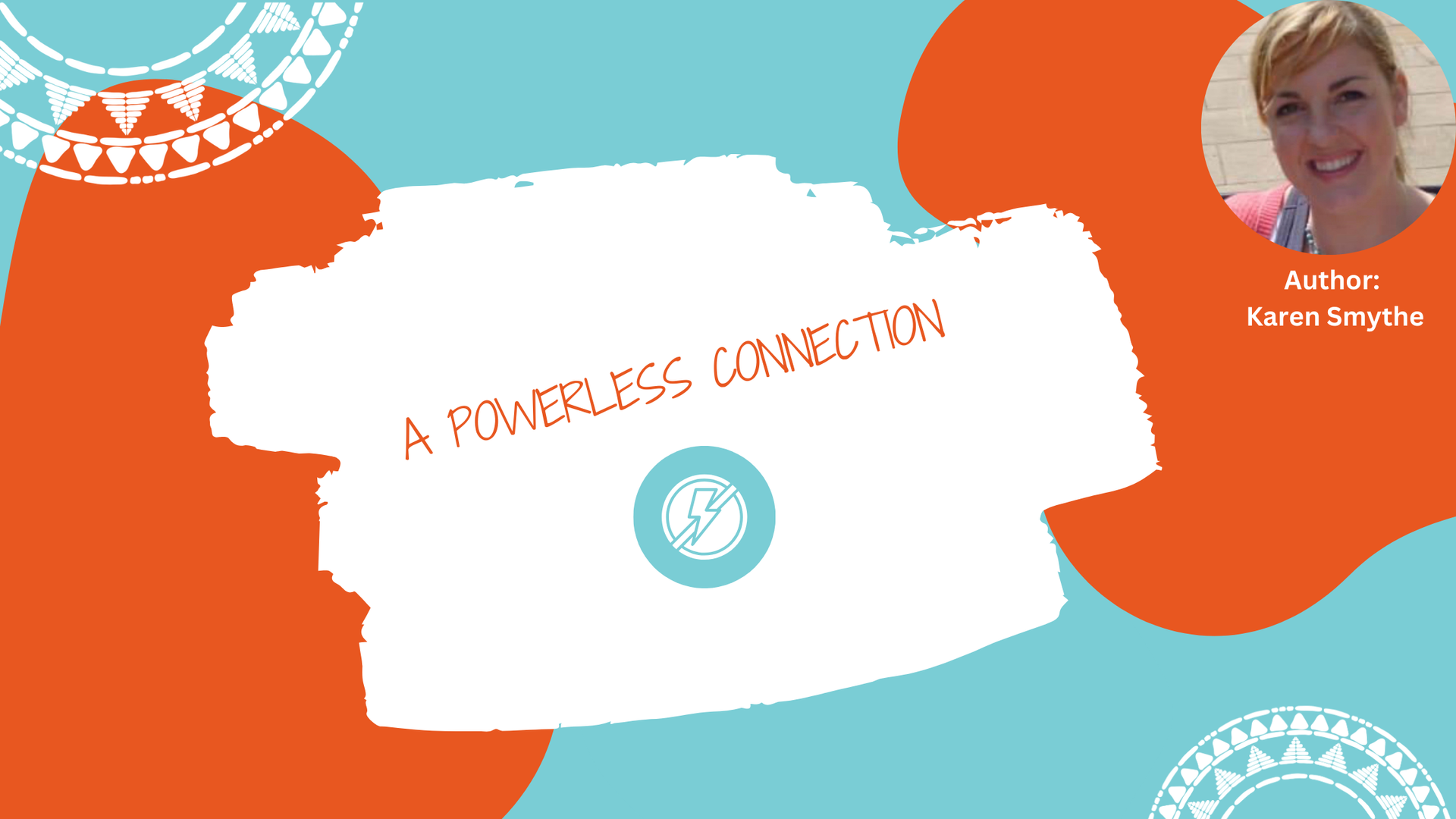Building Strong, Resilient and Positive School Cultures with Restorative Practices - John Madigan
It's hard to put a finger on it…but you know it when you see it, when you hear it, when you feel it. It is something that will most likely become immediately apparent from the moment you walk in the door of a school building…
A positive school culture is like a beautiful piece of music played by multiple instruments in a finely tuned orchestra where students, teachers, parents, and key stakeholders are all working together to create an environment where everyone thrives.
The benefits are far reaching and profound, contributing not only to the overall wellbeing of students and staff but also higher academic attainment and better outcomes for the wider community. However, as we all know too well, building and maintaining such a culture can be challenging, elusive and often unquantifiable.
Although elusive, there are most certainly some essential ingredients that can be put in place for a positive school culture to exist.
These include:
- An agreed set of fundamental expectations of each other as human beings in this community and the necessary supports in place to reach said expectations.
- Being deliberate and intentional in relating to each other in a respectful, honest, fair, consistent and understanding way.
- Creating regular structured and unstructured opportunities for connection, empathy, shared understanding and growth amongst all adults and children.
- Modelling and espousing an agreed set of core values as a compass for being and thriving in the community.
- A ‘shifting of the lens’ in terms of how we perceive each other towards a more understanding, nurturing, and non-judgmental one. A lens through which we consistently ask ourselves, "What is the most generous assumption we can make about our pupils and each other?"
This is where Restorative Practices and the work of Connect RP comes in; a holistic approach that empowers schools to cultivate strong, resilient, connected communities where a positive culture underpins everything.
Restorative Practice (RP)
Restorative Practice is grounded in the belief that relationships are at the core of a healthy and positive school culture. These practices also recognise that when conflicts arise, they provide opportunities for growth, understanding, accountability and connection rather than punishment, stigmatisation and division.
At the heart of RP is the values. We created acronyms for primary and post-primary settings in support of building visibility and literacy around this.

In a school committed to working with Connect RP, it is vital to be deliberate and explicit in holding a space where we develop a shared understanding of how we can embody these values on a daily basis and empower our students to do the same.
The Friendship Keepers and Relationship Keepers curriculum programmes are a fantastic conduit for exploring these values with pupils and students in school. Young people love the interactive nature of these programmes and the balance between self-reflection, group work, relationship-building and fun. These courses are also curriculum focused (SPHE & Wellbeing) and they enable educators to use a values-based approach to empower young people to connect with each other in a more meaningful way and to cultivate a strong resilient community in the classroom. Our new RP for TY Wellbeing Programme is a dynamic way for students to learn about building relationships through positive communication.
Engaging All Key Stakeholders
Building a resilient school culture requires the active involvement of everyone in the school community, including students, parents, teachers, boards of management and administrative staff. When all stakeholders cooperate and collaborate, their collective efforts create a sense of belonging and ownership in the school's culture. Just like those musicians in the orchestra, each person plays a unique role in shaping and reinforcing the positive atmosphere.
Engaging parents/guardians in RP can be especially powerful. Through engaging with the Connect RP resources for parents, we support an explicit broadcasting of important messaging to build goodwill in good times and partner with parents/guardians in nurturing their child's development and contribution to the school community. This connection between home and school through RP strengthens the overall community fabric.
The Power of Relationship-Building Circles
Relationship-building circles are a cornerstone of RP approaches. These circles are safe spaces where students and staff gather to share their thoughts, experiences, and feelings. They nurture empathy, active listening, inclusion, and open communication. Through circles, individuals feel heard, valued, and respected; strengthening the bonds and social capital that hold the school community together.
Students benefit immensely from relationship-building circles. They empower all to find their voice, express themselves, resolve conflicts, and appreciate each other's diverse perspectives. These circles help students develop emotional intelligence, self-awareness, and social skills; all of which are vital for their personal and academic growth and contribute significantly to the overall culture of a community. Furthermore, bringing the principles and architecture of circle practice to our pedagogy enhances the teaching and learning experience within our classrooms so that we don’t see RP as an ‘add on’ to what we have to do but a way to honour the values and relational culture we espouse into what we do already.
It starts with
us…
A positive school culture is often challenging to quantify or describe through data, research or evaluation. However, you can feel it when you step into a school that embraces restorative practices. It's the warmth of greetings in the hallway, the respectful dialogue in classrooms, the raising of adult voices only being for reasons of exuberance and enthusiasm and the sense of unity that pervades the entire community.
Most importantly, it starts with
us, the adults. This is why we offer
Restorative Me workshops and courses. If we become intentional in how we relate to others in our school community, then anything is possible, even in the most difficult and hard-to-reach places. And..the best part is, as Michelle Stowe so aptly puts it in her
TEDx, “I like who I am when I’m being restorative!”

In essence, a strong, resilient, and positive school culture, fostered through the Connect RP values-based model, intentional relational practices and relationship-building circles, creates an environment where every member of the community is valued and supported. It's a culture where conflicts are opportunities for growth, and connections are the foundation of success.
Finally, of course it's important to celebrate our successes but it is also vital not to get complacent when we feel our school community is in a great place. School culture and climate are living organisms for every school and we know from the ‘stickability of the negative’ that stress, frustration and pessimism needs very little space to breathe and grow. Therefore, a school culture is something that needs to be cultivated, nurtured, regularly reinforced and renegotiated to ensure it remains and evolves to meet the ever changing needs of everyone in the community. We recommend a Culture Check-in to support our schools with this process and regularly promote such practices through our Connect RP Schools’ Senior Leadership Team Gatherings.

Connect RP gives us a framework and a structure to not only build but also maintain sustainable positive school cultures. It is inherently designed to connect the culture dots. It allows us to cultivate and foster an environment that, when you feel it, you know you're in a place where students and staff can truly thrive!
If you are a principal or deputy principal you would like to know more about The Art of Relational School Culture Leadership join Michelle at one of our new workshops on 29th Nov or 11th April in Dublin West Ed Centre. Or check out our other types of workshops we offer here.
John





